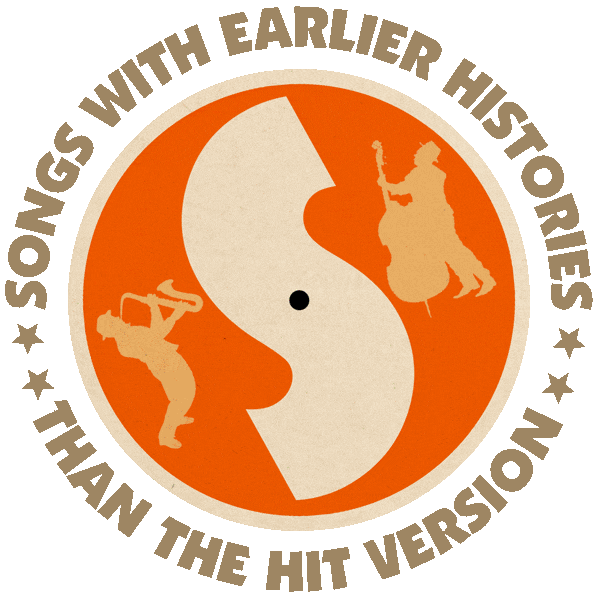Co-written and first recorded (as “Comme d’habitude”) by Claude François (1967).
Hit English-language versions by Frank Sinatra (US #27/MOR #2 1969), Dorothy Squires (UK #25 1970), Elvis Presley (US #22/MOR #6/UK #9 1977 |C&W #2 1978).
Also recorded by Paul Anka (1969).
From the wiki: “‘My Way’ was popularized in 1969 by Frank Sinatra. Its lyrics were written by Paul Anka and set to the music of the French song ‘Comme d’habitude’ (‘As Usual’) co-written by Claude François, and first performed in 1967 by François.
“Anka’s English lyrics are unrelated to the original French song. He had heard the original 1967 French pop song by François while on holiday in the south of France. Anka flew to Paris to negotiate the rights to the song, acquiring adaptation, recording, and publishing rights for the mere nominal, but formal, consideration of one dollar, subject to the provision that the melody’s composers would retain their original share of royalty rights with respect to whatever versions Anka or his designates created or produced.
“Some time later, Anka had a dinner in Florida with Frank Sinatra during which Sinatra said ‘I’m quitting the business. I’m sick of it; I’m getting the hell out.’ Back in New York, Anka re-wrote the original French song for Sinatra, subtly altering the melodic structure and changing the lyrics.

